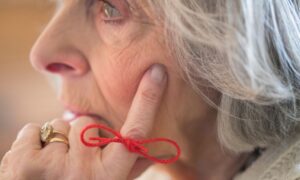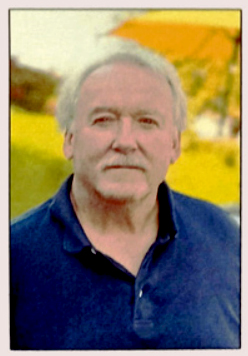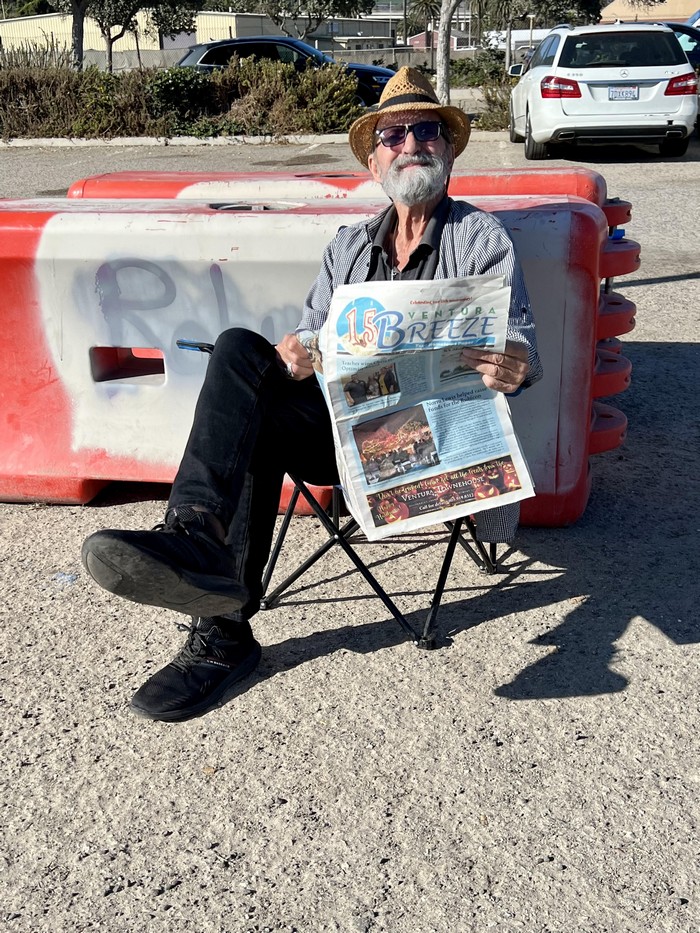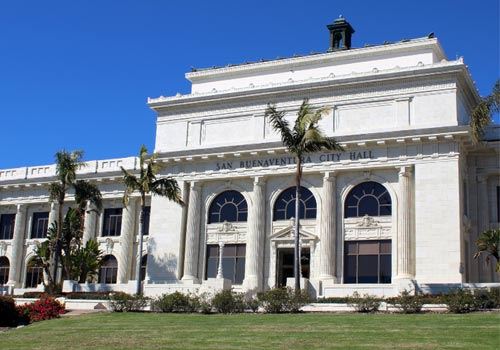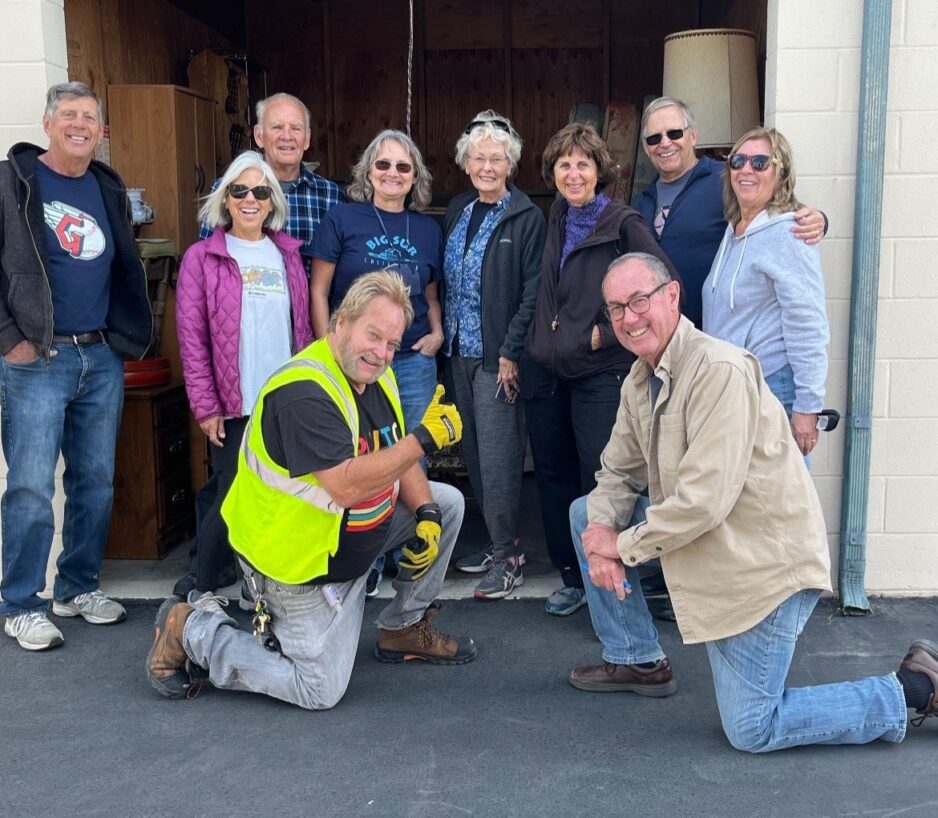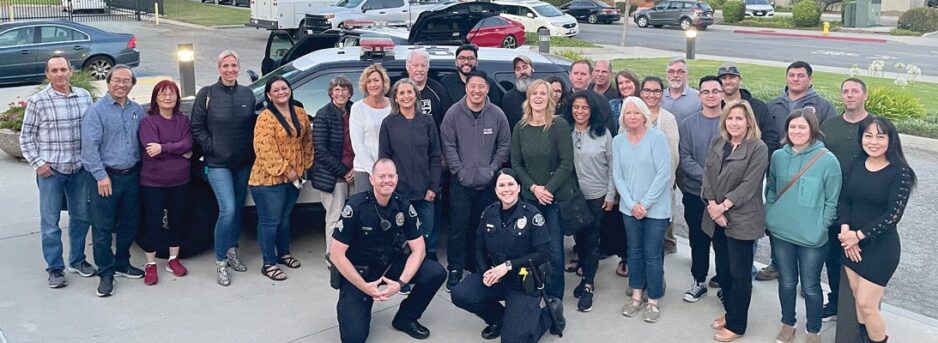Ventura has elected 4 new (one re-elected) city council members. We asked them to address the major problems in their council districts.
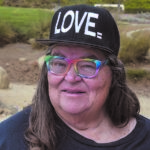 Liz Campos
Liz Campos
Thank you, district 1 residents for supporting and voting for me during the Nov. 8, 2022 election cycle. And to the other candidates who worked tirelessly for the one available seat.
There is much to be done by the incoming council with the city management and leadership in flux. For Ventura’s Westside the most important work to be accomplished is uniting our diverse community.
The city is currently offering Spanish interpretation of Council Meetings so I encourage westsiders to come participate at Council meetings. We will need you to share your voice so we can accomplish our goals for inclusionary housing and tenant protections; clearly published evacuation plans for resident’s safety; environmental justice through building electrification, removal of toxic industries; social justice and equality for all westsiders in city programs and services such as street cleaning, better graffiti removal, homeless outreach; and strong Climate Justice initiatives to give our children a viable future. I am only one voice out of 7 council persons but I will speak up for our westside community at every opportunity.
Gracias, residentes del distrito uno por apoyarme y por votarme en las elecciones del 8 de noviembre de 2022. Y a los demás candidatos que trabajaron incansablemente por el único puesto disponible. Hay mucho por hacer por parte del consejo entrante con la administración y el liderazgo de la Ciudad en proceso de cambio. Para Ventura’s Westside, el trabajo más importante que se debe realizar es unir a nuestra diversa comunidad.
Actualmente, la ciudad ofrece interpretación en español de las reuniones del Consejo, por lo que animo a los habitantes del oeste a que vengan a participar en las reuniones del Consejo. Necesitaremos que comparta su voz para que podamos lograr nuestros objetivos de vivienda inclusiva y protección de los inquilinos; planes de evacuación claramente publicados para la seguridad de los residentes; justicia ambiental a través de la electrificación de edificios, eliminación de industrias tóxicas; justicia social e igualdad para TODOS los habitantes del Avenida en programas y servicios de la ciudad, como limpieza de calles, mejor eliminación de grafitis, ayuda a personas sin hogar; y fuertes iniciativas de Justicia Climática para dar a nuestros niños un futuro viable. Soy solo una voz entre 7 miembros del consejo, pero hablaré por nuestra comunidad del Avenidaen cada oportunidad
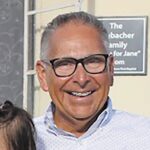 Jim Duran
Jim Duran
We have an incredible city and I am truly blessed to have been raised here since my birth. I am so thankful that my father’s parents immigrated from Mexico in 1910 and made Canada Larga their home. I am equally grateful that my mother’s parents moved here from Oklahoma and claimed Oak View as their residence.
After my birth, my father and mother moved to Sunny Way Dr. off Ventura Ave. and my love for Ventura and my value on family and community was established. Growing up, all our neighbors knew each other and we worked together to make our street a better place. We communicated, we visited one another, we assisted each other on projects, we cared for one another by sharing meals, providing groceries and helping out in the yard.
Our parents cared for all the kids on the block and they worked together helping to raise them by a loving correction or by speaking words of encouragement. And I say all of that, to say this: the residents of Ventura must work together in order for Ventura to be all that it can be. We have an amazing community, but what makes it amazing is the people. The people in our city are gifted, talented, bright, educated, innovative and hard working.
We have all been created with gifts and talents and it is time that we come together and exercise our gifts and talents for the betterment of our community. It is time to put our differences aside and focus on the task at hand. It is time to set our agendas aside and work on accomplishing the goals of our community at large. It is time to serve one another and care for the wellbeing of others, regardless of if we agree on everything. It is time to treat one another with dignity and respect and listen to one another because we all have something important enough to be heard.
What are the challenges in district #6 you may ask? They are the same challenges that face our entire city: the need of effective and proven solutions for homelessness, the need for a strong economy, the need for more affordable housing, the need to repair our streets and sidewalks, and the need to keep our community safe.
We cannot ignore the fact that we are in a critical situation in our city, and we cannot continue to do the same thing and expect different results. However, I am very optimistic! I look forward to working with our City Council to address the issues at hand and to implement solutions that will be a win/win for us all. I am optimistic because of the wisdom, life experience and knowledge of our new council. I am also optimistic because of the wisdom, life experience and knowledge of the citizens of Ventura.
When we come to the table, let’s come not just with the problem, but let us come with the solutions. Together we can make Ventura the community we dream of. I want to thank each and every one of you for your support. I do not take this position lightly and will work hard to listen, collaborate and execute what is needed in our city. Thank you for your trust in me.
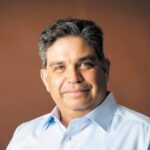 Bill McReynolds
Bill McReynolds
I want to thank the voters of District 5 for selecting me to be their next City Councilmember. I am pleased that District 5 had the highest voter turnout in all of Ventura’s districts voting this year. I accept the position of City Councilmember with full humility and humbleness knowing that over the next four years that I will earn the trust and respect of the residents of District 5 and the City of Ventura. I want to thank City Councilmember Jim Friedman for his years of service to the City of Ventura in a number of elected and volunteer roles. I will be tapping into his years of experience seeking his advice and counsel. Finally, I want to thank my family, friends, and supporters for their backing through the election process.
While running for election I had an opportunity to walk the majority of the neighborhoods that comprise District 5 and speak with hundreds of residents regarding their concerns and desires for District 5. The majority of comments that I received focused on: Infrastructure; Public Safety; and Revenue Enhancements.
Infrastructure: Walking the district really gave me a unique opportunity to see the infrastructure issues. We must start working on ways to enhance our revenue so that we can start paving our street and smoothing out our sidewalks. One of the areas that I plan on working with my council colleagues on is figuring out new ways to increase our infrastructure budget. Public Safety: Addressing residents’ concerns regarding Public Safety will always be my number one concern. I will work with Police, Fire, and Public Works Departments to start addressing concerns about crime, the scars and concerns that remain from the Thomas Fire, and address safety concerns regarding access to the Barrancas and Santa Clara River. Revenue Enhancement: While District 5 does not have a lot of retail within its borders (Smart & Final Center and Grocery Outlet Center), residents wanted to see the level of retail boosted. I will look to start working with Ventura’s Economic Development Division to see how the city can highlight opportunities for businesses to locate in East Ventura specifically within District 5. Additionally, I’ll work with my colleagues in the neighboring districts to enhance the retail and commercial opportunities within their districts for the benefit of all of Ventura.
The area of immediate concern that will need to be addressed in the hiring of a new City Manager. This is an important process that we will all need to work on together. Two topics that I’ll be interested in hearing from the residents of District 5 on will be what they want in the next City Manager and their thoughts on the City Council’s goals and objectives for 2023. I will be sharing my contact information once I have been sworn into office. Again, thanks for your trust in electing me as your new District 5 City Councilmember.
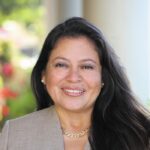 Jeannette Sanchez-Palacios
Jeannette Sanchez-Palacios
She did not respond to our request to
submit a statement about her victory.
